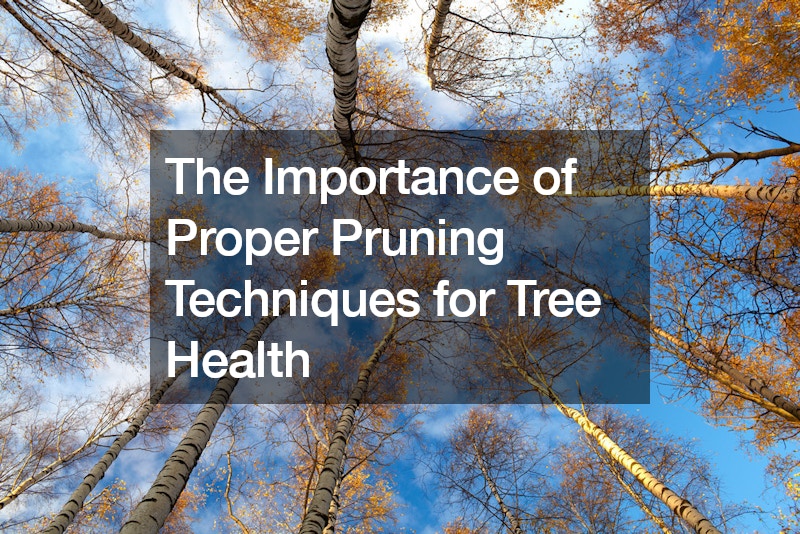
Trees are majestic components of our landscapes, offering shade, beauty, and habitats for wildlife. However, like any living organism, trees require proper care to flourish. Pruning is an essential aspect of tree maintenance, but when done incorrectly, it can have dire consequences. This article delves into the importance of proper pruning techniques for sustaining healthy trees.
Understanding Branch Collars: The Key to Healing
One of the most critical aspects of proper pruning is understanding the concept of branch collars. These are the slightly swollen areas where branches meet the trunk or larger branches.
Branch collars play a vital role in a tree’s ability to heal after pruning. They contain special cells that produce a barrier, effectively sealing off the wound and preventing decay from spreading into the tree’s core.
Improper Cuts: An Open Door for Disease
When pruning cuts are made in the wrong location, it bypasses the branch collar’s protective zone. This leaves the tree vulnerable to a host of problems. The most significant threat is the introduction of disease and decay organisms. Without proper closure, these pathogens can easily enter the exposed wound and travel through the vascular system, leading to internal rot. This unseen damage can weaken the tree structurally and ultimately lead to its decline and death.
Visible Signs of Improper Pruning
The consequences of improper pruning cuts can sometimes be evident years later. Signs of trouble might include:
- Oozing sap: This is the tree’s attempt to fight off infection but can also attract insects.
- Cankers: These sunken, discolored areas around the pruning wound are indicative of decay.
- Dieback: This refers to the death of branches or twigs starting from the tips and working back towards the main trunk.
- Stunted growth: Improper pruning can disrupt a tree’s natural growth pattern, leading to an unhealthy appearance.
The Benefits of Proper Pruning Techniques
When done correctly, pruning offers numerous benefits for your trees:
- Improved health and longevity: Proper pruning removes diseased, dead, or damaged branches, allowing the tree to focus its energy on healthy growth.
- Enhanced structure and strength: By strategically removing branches, you can encourage a strong structure that’s less susceptible to wind damage or storm breakage.
- Increased sunlight penetration: Pruning can allow more sunlight to reach the interior branches and foliage, promoting overall growth and flower and fruit production in some trees.
- Improved aesthetics: Proper pruning techniques can enhance the natural beauty of a tree and create a more visually appealing landscape.
Hiring a Qualified Tree Trimming Service
While pruning can seem like a simple task, making the correct cuts requires knowledge and experience. Improper pruning can be detrimental to a tree’s health, potentially negating any benefits you might have hoped to achieve. For larger trees or complex pruning needs, consider hiring a qualified tree trimming service.
Look for a service with certified arborists on staff. These professionals have the expertise to assess your trees’ specific needs and perform pruning techniques that promote long-term health and beauty.
Conclusion
Proper pruning is an investment in the health and longevity of your trees. By understanding the importance of branch collars and following proper cutting techniques, you can ensure your trees thrive for generations to come. If you’re unsure about pruning your trees yourself, don’t hesitate to consult with a qualified tree trimming service. Remember, a little knowledge and the right approach can go a long way in ensuring your trees continue to grace your landscape for years to come.
.

